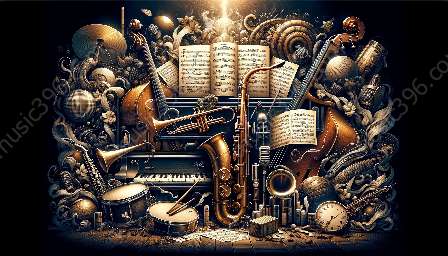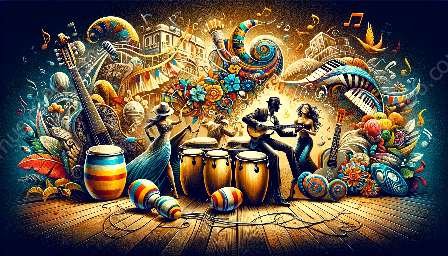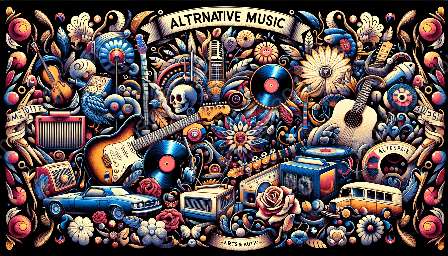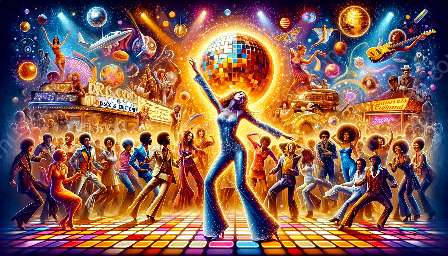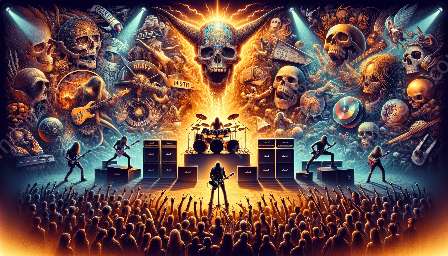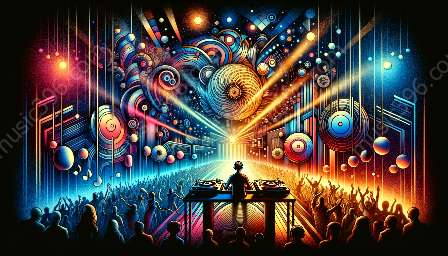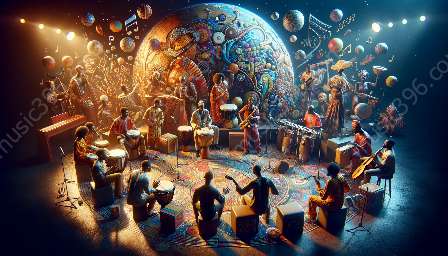Vaporwave music emerged in the early 2010s and quickly gained a cult following, drawing attention to its unique blend of nostalgia, irony, and subversion. Originating as a subgenre of electronic music, vaporwave has evolved into a multifaceted art form that not only challenges traditional notions of music but also serves as a critique of modern consumer culture. In this topic cluster, we will explore the diverse facets of vaporwave as a form of artistic subversion and its impact on other music genres.
Understanding Vaporwave
Vaporwave is a genre of music that takes inspiration from the aesthetics of 1980s and 1990s consumer culture, particularly from genres such as smooth jazz, elevator music, and Muzak. The music often features slowed-down, pitch-shifted, and looped samples from these sources, creating a dreamy and nostalgic atmosphere. This sonic nostalgia is further enhanced by the use of retro visuals, such as VHS-inspired artwork and glitchy graphics.
Through its use of audio and visual elements, vaporwave challenges the conventional boundaries of music, turning consumerist artifacts into art and elevating them to a new form of expression. This subversion of traditional musical norms is at the core of vaporwave's artistic identity.
Critique of Consumer Culture
One of the most prominent aspects of vaporwave is its critique of modern consumer culture. By appropriating and remixing the sounds and imagery of consumerist society, vaporwave exposes the superficial and commodified nature of contemporary capitalism. The music acts as a form of social commentary, questioning the value of material possessions and challenging the relentless pursuit of commodified happiness.
Vaporwave's subversive approach to consumer culture has led to its association with a broader movement of cultural critique, where artists use their creations to challenge the status quo and provoke critical reflection on societal norms and values.
Influence on Other Music Genres
While vaporwave initially emerged as a distinct genre, its influence has transcended its musical boundaries, leaving a lasting impact on various other music genres. Its experimentation with sampling and production techniques has inspired artists across the electronic and experimental music landscapes, leading to the emergence of subgenres such as future funk, mallsoft, and lo-fi hip-hop.
Furthermore, vaporwave's deconstruction of musical conventions and its emphasis on nostalgia have influenced the broader music scene, with elements of vaporwave seeping into pop, electronic, and indie genres, enriching the musical landscape with new sonic and aesthetic possibilities.
Conclusion
Vaporwave, as a form of artistic subversion and critique, challenges traditional notions of music and sheds light on the pitfalls of modern consumer culture. Through its use of nostalgia, irony, and remix culture, vaporwave has carved a unique space in the realm of artistic expression, inspiring dialogue, and influencing other music genres. Its subversive nature continues to captivate audiences and provoke critical reflection on the intersection of art, society, and consumerism, making it a truly compelling and influential form of artistic expression.



